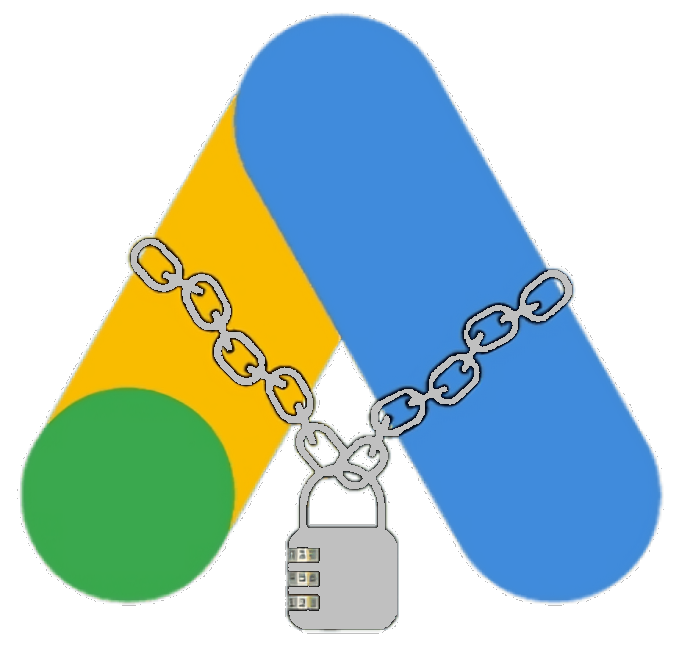Google Ads 2025: The Future of Online Advertising
1) AI & Machine Learning Take Center Stage
Automation has matured. Smart Bidding adjusts bids using real-time signals such as device, location, time of day, and audience intent. Responsive Search Ads test countless headline and description combinations to find winning creative, while Performance Max orchestrates placement across Search, Display, YouTube, Discover, and Gmail—guided by machine learning to hit your conversion targets.
2) Privacy-First, Cookieless Measurement
With third-party cookies fading, reliable measurement now leans on privacy-centric tools. Enhanced Conversions match first-party data to improve attribution; Consent Mode respects user permissions; and modeled conversions use AI to fill inevitable gaps. Building robust first-party data—newsletters, CRM integrations, loyalty programs—is now a strategic necessity.
3) The Rise of Video & YouTube
Video dominates attention in 2025. YouTube Ads—including Shorts, bumper ads, and skippable formats—let brands reach mobile-first audiences efficiently. Shoppable video paths streamline purchases directly from content, and automated creative insights suggest edits that lift view-through and engagement.
4) Local Ads & Hyper-Targeting
For SMBs, local relevance wins. Improved signals from Google Maps and “near me” intent enable store-focused campaigns, real-time offers, and directions directly in the map experience. Geo-fencing and radius targeting help brands capture high-intent foot traffic in neighborhoods, malls, and event venues.
5) Automation vs. Control: A Hybrid Approach
While Google encourages end-to-end automation with Performance Max, many advertisers still want transparency and brand safety. The 2025 best practice is hybrid: lean on automation for bidding and scaling, but actively manage assets, placements, and audiences. Monitor search terms, exclude poor placements, and protect brand integrity.
6) Fresh Creative Formats & Extensions
- Image extensions add visual context to text ads in SERPs.
- Lead form extensions capture prospects without leaving the results page.
- Callout & structured snippets highlight features like “Free Shipping” or “24/7 Support.”
Strong creative aligned to user intent—and fast, mobile-first landing pages—remains a core advantage.
7) Measuring ROI the 2025 Way
Clicks aren’t the full story. Adopt data-driven attribution to value all touchpoints. Use offline conversion imports (calls, store visits) and cross-device tracking to see end-to-end impact. Calibrate targets (CPA/ROAS) by profit, not just revenue, and reallocate budget to proven audiences and queries.
Action Checklist for Google Ads 2025
- Implement enhanced conversions and verify Consent Mode signals.
- Consolidate campaigns where appropriate; feed high-quality assets into Performance Max.
- Invest in video creative (especially Shorts) and test shoppable placements.
- Build first-party audiences and leverage remarketing with clear value exchanges.
- Optimize landing speed, UX, and conversion paths for mobile.
Conclusion
Google Ads 2025 rewards advertisers who blend AI-driven automation with thoughtful human oversight. By embracing privacy-first measurement, scaling video, sharpening local relevance, and refining creative, brands can unlock sustainable growth and stronger ROI in a competitive, ever-changing landscape.

